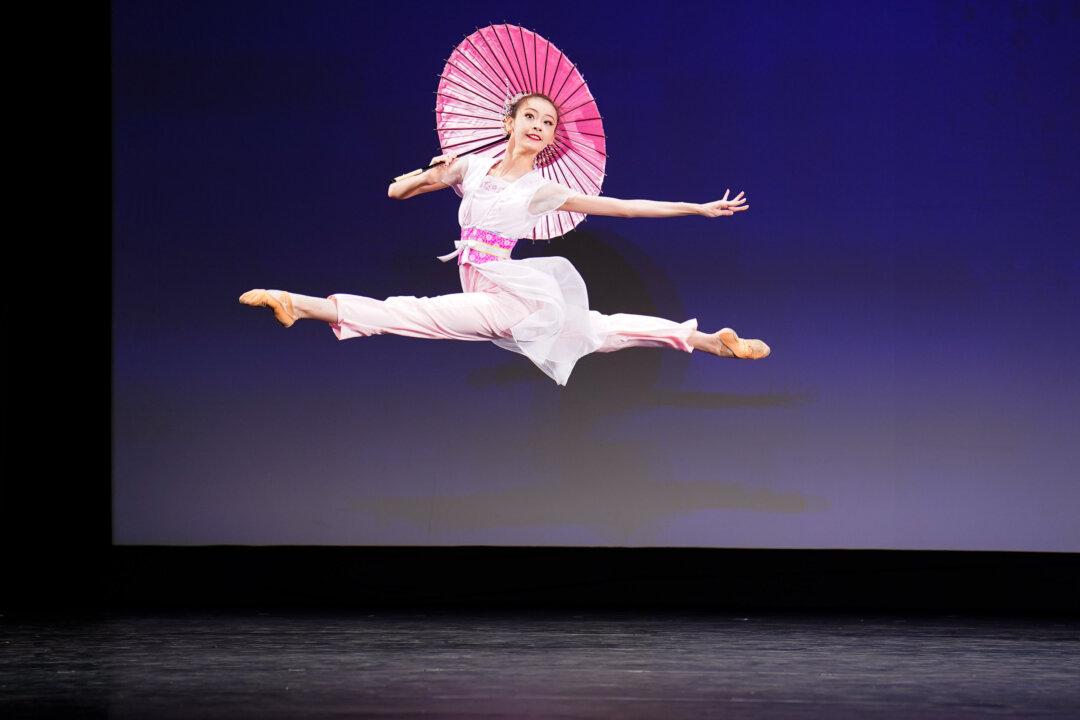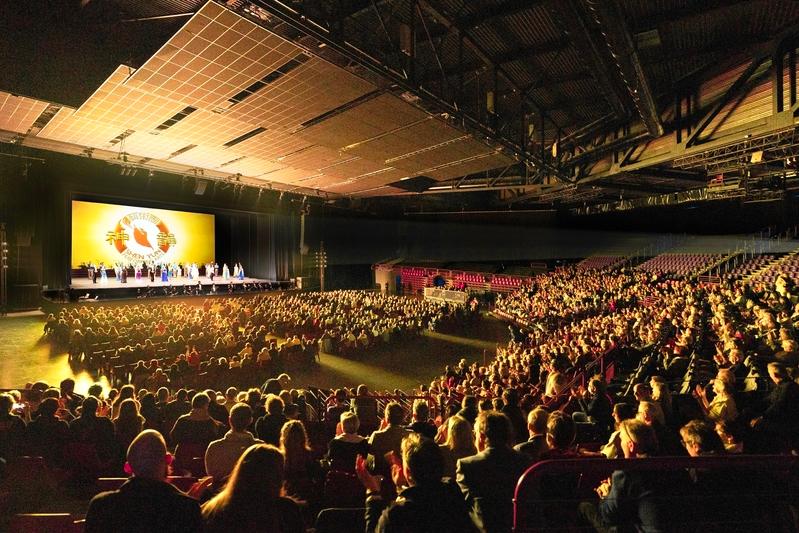It’s no secret that many of Shen Yun Performing Arts’ earliest dancers were alumni of China’s Beijing Dance Academy. Yet a decade after New York-based Shen Yun’s inception, its performances started to look worlds apart from that of any Chinese dance company.
The Difference Is Plain to See
In a recent video profile on the website Shen Yun Creations, company principal dancer Steven Wang described what his dance experience in China was like compared to his experience with Shen Yun in New York.“When I was 12 years old, I was accepted into a professional dance academy, and I’ve been dancing ever since. It’s been around 20 years,” he said.
“Every preparatory move, every pose, every expression, gives the dance a feeling of grandeur. And when you complete a technique, you finish off with a dignified pose.”
For example, “if you were doing the ‘Han Tang’ style of dance inside China,” dancers finish off their movements by contracting into a ball, “as if [they’re] crawling on the ground.”
“So just this alone draws a very stark contrast,” he said.
Shen Yun’s dancers often describe the aesthetic the company pursues as “grand.” The artists strive to present a dignified view of humanity in their dances, in line with the values of traditional Chinese culture, which has respect for the divine as one of its core beliefs. It also holds the view that man was created in the image of gods, by a supreme Creator.
It is not for a lack of trying that mainland Chinese dance schools and companies, all with ties to the Chinese communist regime, have failed to capture international audiences.
When Shen Yun, with its mission of reviving divinely inspired traditional Chinese culture through the arts, first gained world renown, the Chinese Communist Party’s reaction was to try to steal its thunder and take control of the narrative. It created some 60 Chinese dance companies and sent them across the world, sure that its own well-trained dancers would define Chinese dance internationally.
“When they do talk about traditional Chinese culture, they use it to try to promote communism. I mean, here, we see right through it, [saying,] ‘This is propaganda, and nobody wants to watch this.'”
That said, the term “classical Chinese dance” was indeed coined by Beijing Dance Academy. When the school opened in the 1950s, the first of its kind, it was tasked with organizing Chinese dance in a way that could be taught and passed down for generations. Up until then, dance was passed down from an experienced dancer in a theater troupe or imperial court to apprentices.






